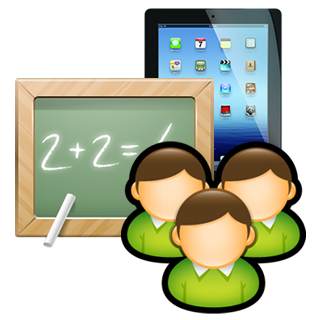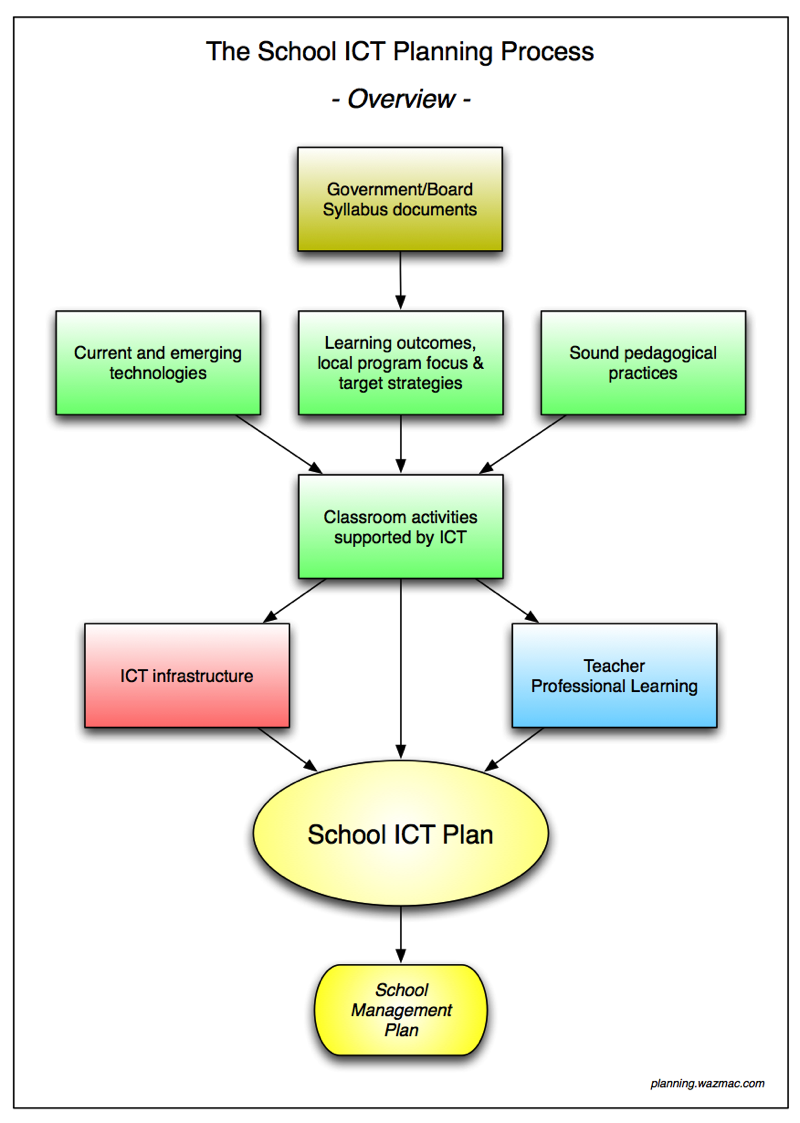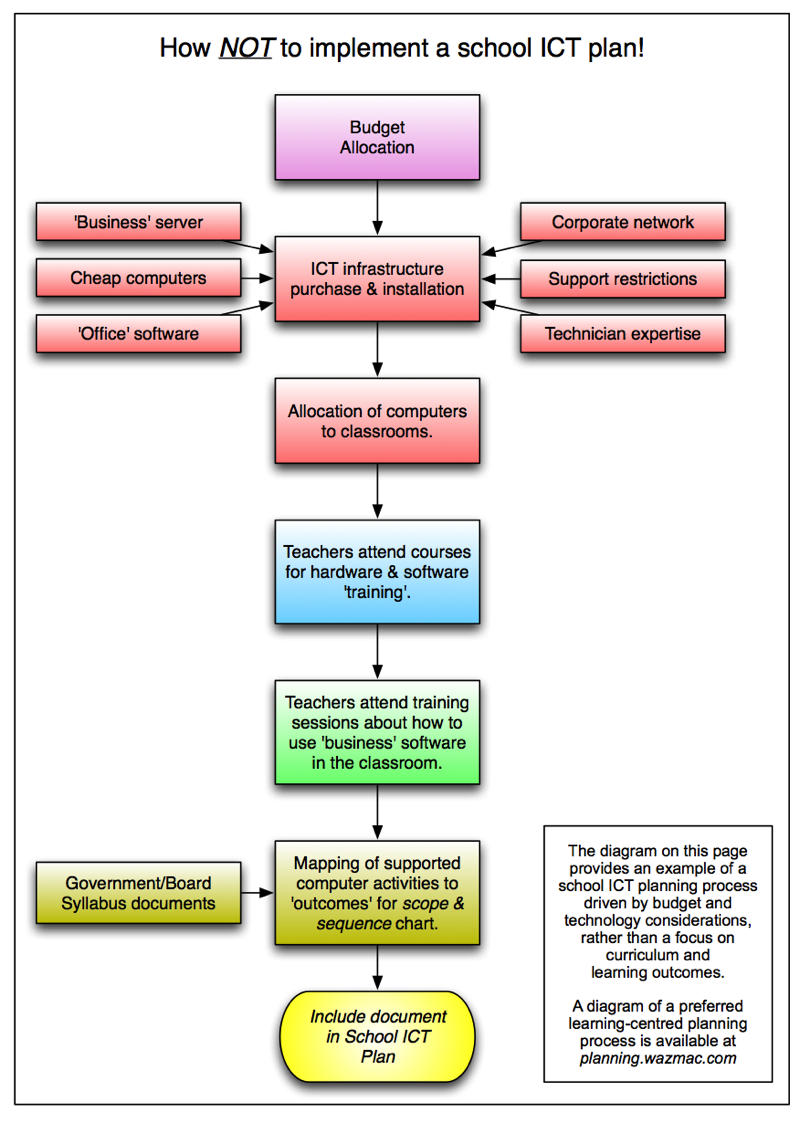 All school planning should be undertaken with a clear vision of how the implementation of a particular initiative will improve learning outcomes.
All school planning should be undertaken with a clear vision of how the implementation of a particular initiative will improve learning outcomes.
However, some school planning procedures seem to focus on administration and support structures, with any improvement in learning outcomes considered to be added bonus!
ICT planning in particular is one such procedure, often centred around a discussion about hardware platforms, budget allocations, and the knowledge and personal preferences of technical support staff, none of whom have any pedagogical experience, or any vested interest in advancing student learning outcomes.
How often do we see school managers making technology purchasing decisions by calculating the number of devices that can be bought for a given budget? Or the support expertise of one or two technical ‘experts’?
While funding and support are clearly considerations in the overall process, let’s start our ICT planning process with a focus on curriculum outcomes. Then plan innovative Professional Learning programs, and make hardware and software purchasing decisions that focus on relevant technologies that support our modern learning environments, rather than buying cheap (and often outdated) technologies – and then tailoring (restricting) our curriculum to ‘fit’ these technologies?
And be prepared to be flexible. The technologies used by our students – the same technologies we are embracing to make our learning environments ‘relevant and meaningful’ – can change very quickly.
Remember also, ‘ICT supporting the curriculum’ is not the same as ‘learning about computers’.
Below are two contrasting examples of the school ICT planning process, represented by planning flowcharts….
| Curriculum Focussed | Budget/Technology Focused |
 (Click image to enlarge) |
 (Click image to enlarge) |
| Download PDF | Download PDF |
| What is the focus for your school when developing a technology plan? | |
Read also: